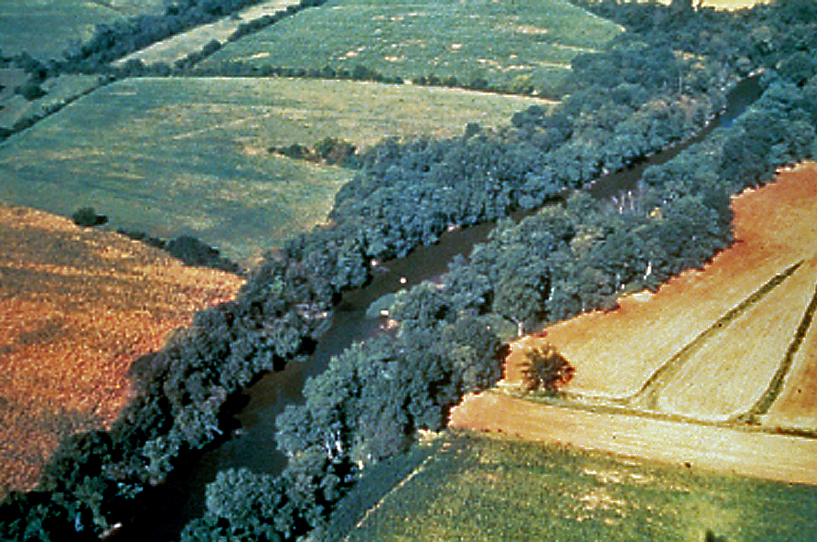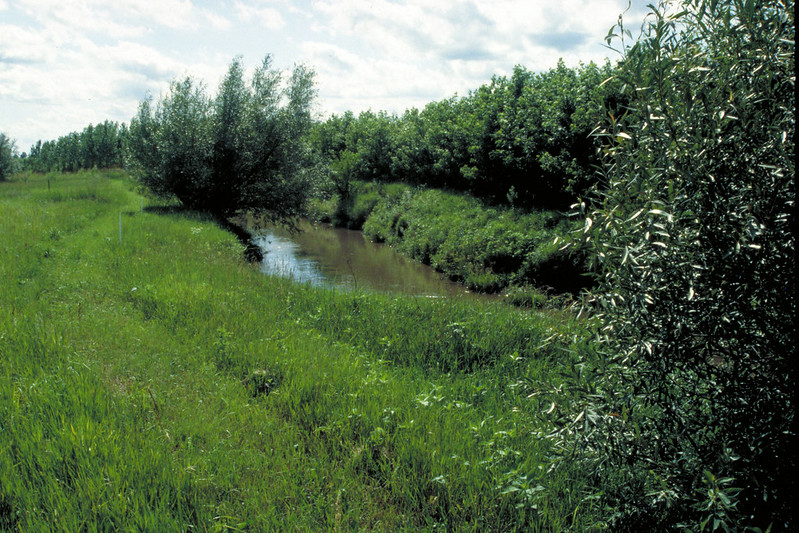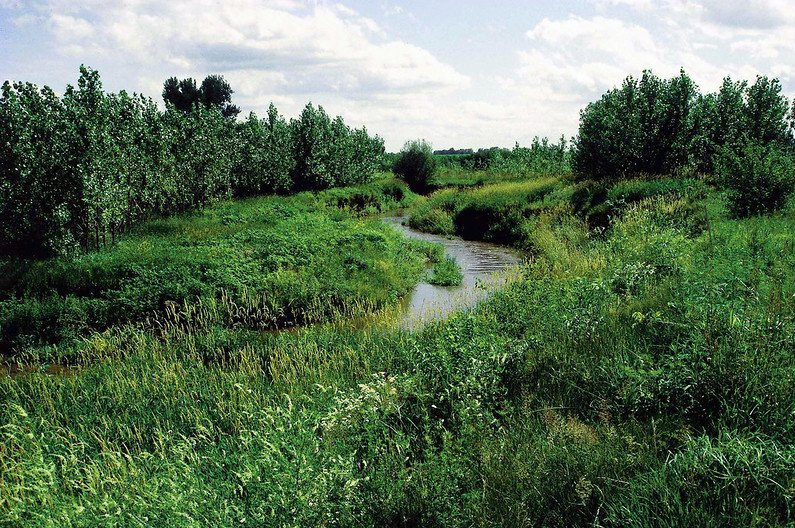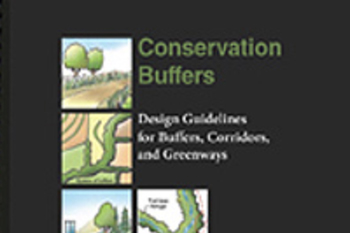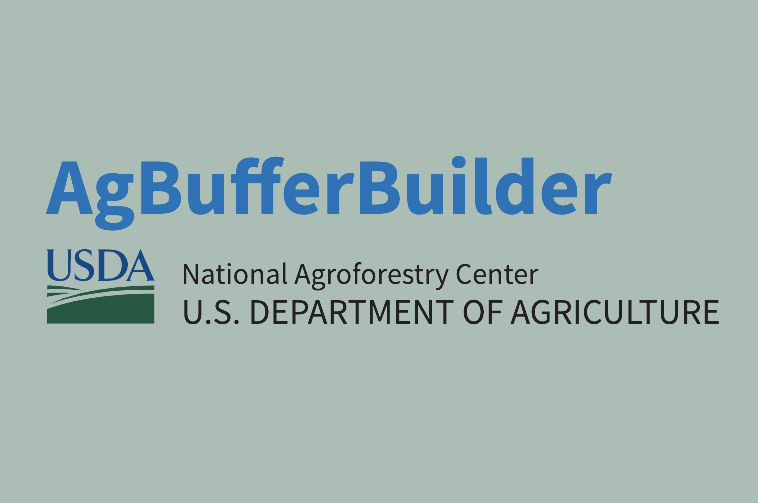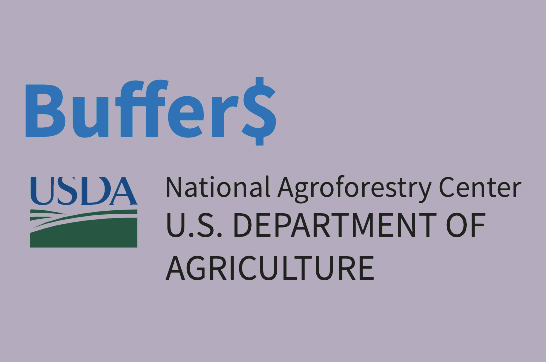
Riparian Plantings, Buffer and Filter Strips
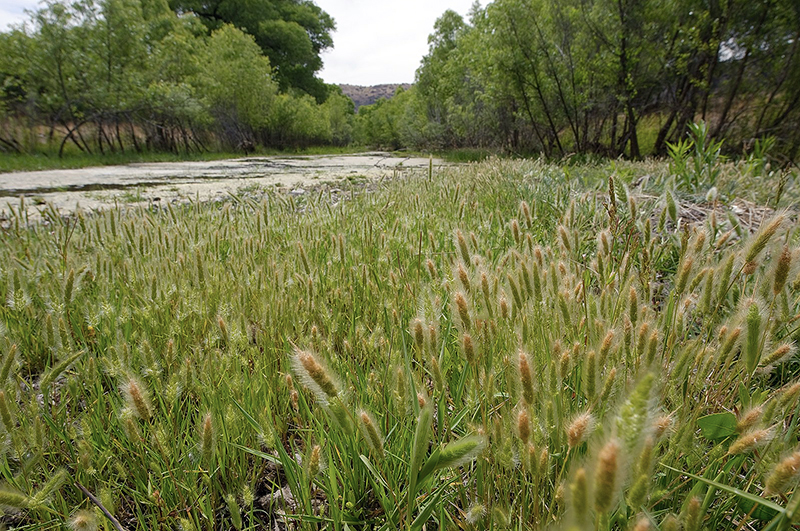
Riparian plantings and buffers are grasses, forbs, shrubs, trees or other vegetation used to separate farmland from natural waterways. They control erosion and protect the farmland from flooding while protecting the natural environment from farm runoff and other pollutants. They can serve as an important habitat for native wildlife while providing higher carbon sequestration in the soil and wood. Multirow buffers also offer an opportunity for additional income through timber production or specialty plantings.
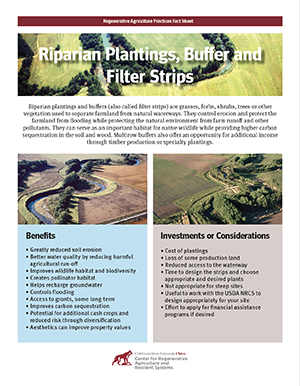
Download a printable fact sheet based on this page (PDF).
Go to:
Information and Tools
Videos
What is a Riparian Buffer?
Video by the Iowa Farm Bureau
Riparian Buffers Help Ranchers Weather Drought
This NRCS video encourages ranchers to maintain riparian buffers, which retain water and produce green vegetation even during a drought.
Scientific Literature
SQiu, Zeyuan and Prato, Tony. "Economic Evaluation Of Riparian Buffers In An Agricultural Watershed." First published: 08 June 2007, JAWRA (Journal of the American Water Resources Association) https://doi.org/10.1111/j.1752-1688.1998.tb01523.x
Seavy, Nathaniel E., etc. "Why Climate Change Makes Riparian Restoration More Important than Ever: Recommendations for Practice and Research(opens in new window)," Ecological Restoration Vol. 27, No. 3, Sept. 2009
Stutter, Marc, etc. "Current Insights into the Effectiveness of Riparian Management, Attainment of Multiple Benefits, and Potential Technical Enhancements." First published: 01 March 2019, Journal of Environmental Quality https://doi.org/10.2134/jeq2019.01.0020(opens in new window)
Stutter, Marc I., etc. "Riparian Buffer Strips as a Multifunctional Management Tool in Agricultural Landscapes: Introduction." First published: 01 March 2012, Journal of Environmental Quality, Vol. 41, Issue 2. https://doi.org/10.2134/jeq2011.0439

